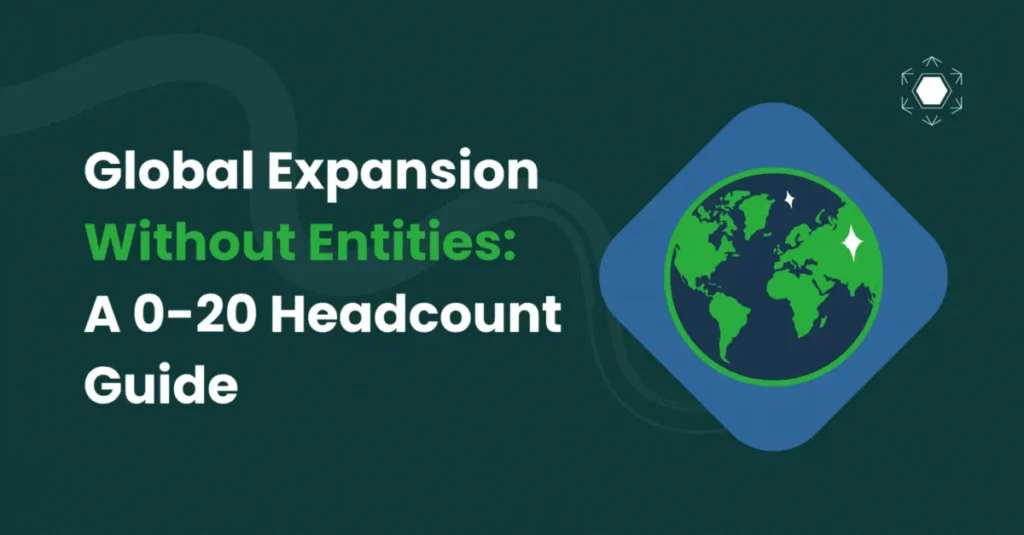Learn how to navigate a candidate-driven market when recruiting top tier talent. Matthew Hunt joins us to give you the need-to-knows and biggest tips that you need to implement across your hiring strategy.
ET: With candidates having more power and choices than ever before, the market is ultracompetitive and is showing no sign of slowing down, I thought we could discuss in your opinion, key factors to be successful when organisations are hiring in a candidate driven market.
MH: Yes absolutely, it’s a great topic and very relevant right now.
ET: Just quickly, before we get into it, why do you think there has been this shift in the market?
MH: To be honest, it could be a number of reasons. Obviously Covid will have played a part in this, because professionals have had a lot of time to think at home during lockdown(s) about their career and what they want to do and have been re-evaluating their priorities.
Remote working is another one. We are seeing more than ever this having an impact on hiring. Candidates want a good home/work life balance, like who doesn’t? And if organisations are not able to offer that now they are falling behind the market and therefore, further down the pecking order when trying to attract new talent.
Another one, that I have noticed in the Cloud and Security market specifically, is that it’s becoming incredibly competitive. Vendors are all trying to hire the same profile background, due to the in-demand skillsets and market expertise.
ET: That’s great, so it is definitely a combination of things. So, how can organisations navigate this market? What are your essential tactics they should be doing?
MH: Of course, each organisations recruitment strategy will be different and tailored to their needs. But if I had to pinpoint it down to two, that all organisations should be doing if they want to see success, is number one; understand the market and number two; perfect your internal process.
ET: Absolutely, I can see how they could really influence the quality of the process. Can you give us more detail about each recommendation?
MH: Sure, so firstly, when understanding the market, I mean understand the ‘pool of candidates’ you are fishing in and who else is fishing in this pool. It is really important to be aware of which other companies are searching for the same talent as you and assess if you have a compelling advantage over them.
ET: That’s such a good point, I suppose knowing your competition will allow you to position yourself better to a candidate based on your advantages.
MH: Yeah exactly. Another thing when understanding the market is assessing if you are being competitive with your proposals and opportunities. It’s common that organisations aren’t most of the time, so for them, re-evaluating their proposals or the skillset/experience they require from the individual.
ET: Re-evaluating is a great point, and ties really nicely into your next recommendation of perfecting your internal process, tell us about this?
MH: Yes, so because the market is so competitive and majority of candidates are in 3, or even 5 processes at one time, of course, the companies that have perfected their process and can move at speed, put themselves in the best position to secure the candidate. I’ve seen this many times when organisations have taken too long to complete their interview process or even once a decision has been made and it’s taken too long for them to release offers/contracts etc that their preferred candidate has gone elsewhere.
ET: With that in mind what is a good interview process in the market right now?
A good market standard for interviews is usually 4 stages. That would involve one with the hiring manager, another with a peer/colleague, one with HR/TA, and a final Panel or presentation stage. I wouldn’t recommend anything more than this, as you risk your process being too long and other companies could swoop in for the candidate you have already worked hard to get.
Equally if you’re hiring process only includes 1-2 stages this could actually hinder your chances of hiring too, as it may be too quick when dealing with top talent. This may not be a detailed enough process for the candidate to understand all the key points they need to understand on the opportunity to make aa decision.
ET: That’s great insight! Have you got any tips for organisations for perfecting their process?
MH: 1) Be adaptable – For hiring managers, they of course want to hire a professional who ticks 11/10 boxes, however we of all people die trying to achieve this but in reality, and especially in the current candidate driven market this may be extremely difficult. So, you need to be adaptable and flexible on your requirements to meet the candidate in the middle. You may not like it but, bringing someone into the team who is a 7 or 8 out of 10 who can scale with your business is better than searching for 12 months for a ‘unicorn’. Also, ask yourself what is the cost of not making the hire? How else does this affect you? Headcount planning, revenue number, project fulfilment etc. It all adds up.
2) Qualification – Ensure you fully understand your candidate and their decision making process. As a company, if you have made your decision on making a hire, ask yourself, has the candidate made their decision or are there any other factors/questions that we need to address so the offer and close part of the process can be completed smoothly. Many times, we have seen organisations who have made their decision and are ready to make an offer to a candidate however the candidate is not ready to make their decision as their questions have still not been answered. In short, make sure you understand the candidate and their drivers and decision making process. Do not assume it is the same as the ‘company’.
3) Sell the vision of your company – what are you striving to achieve. This is key! A lot of organisations do this extremely well and candidates can buy into that vision very early on into a process, and they understand the big picture. But I have seen organisations fail at doing this. Just assume the old school interview ways that a candidate had to impress the company and not the other way around. This is a legacy mindset and will not allow you to attract the next-gen of talent in the technology market. As part of your process, you MUST highlight the big picture of what the organisation is working towards and exactly what this means to the new hire – where do they fit in. Get them onboard and motivated for the journey. If you don’t, guess what… they probably won’t join.
4) Candidate experience – Ensure a good candidate experience for any individuals you talk with when hiring. Even when it comes to sharing negative feedback or when ruling individuals out of a process, be honest and give the feedback to candidates. This is a small market. People talk and these experiences – good or bad – carry a lot of weight in the market and mindshare of individuals. Plus, you never know where paths may cross again.
Get in touch with our team to see how Emerald Technology can support your hiring strategy.




